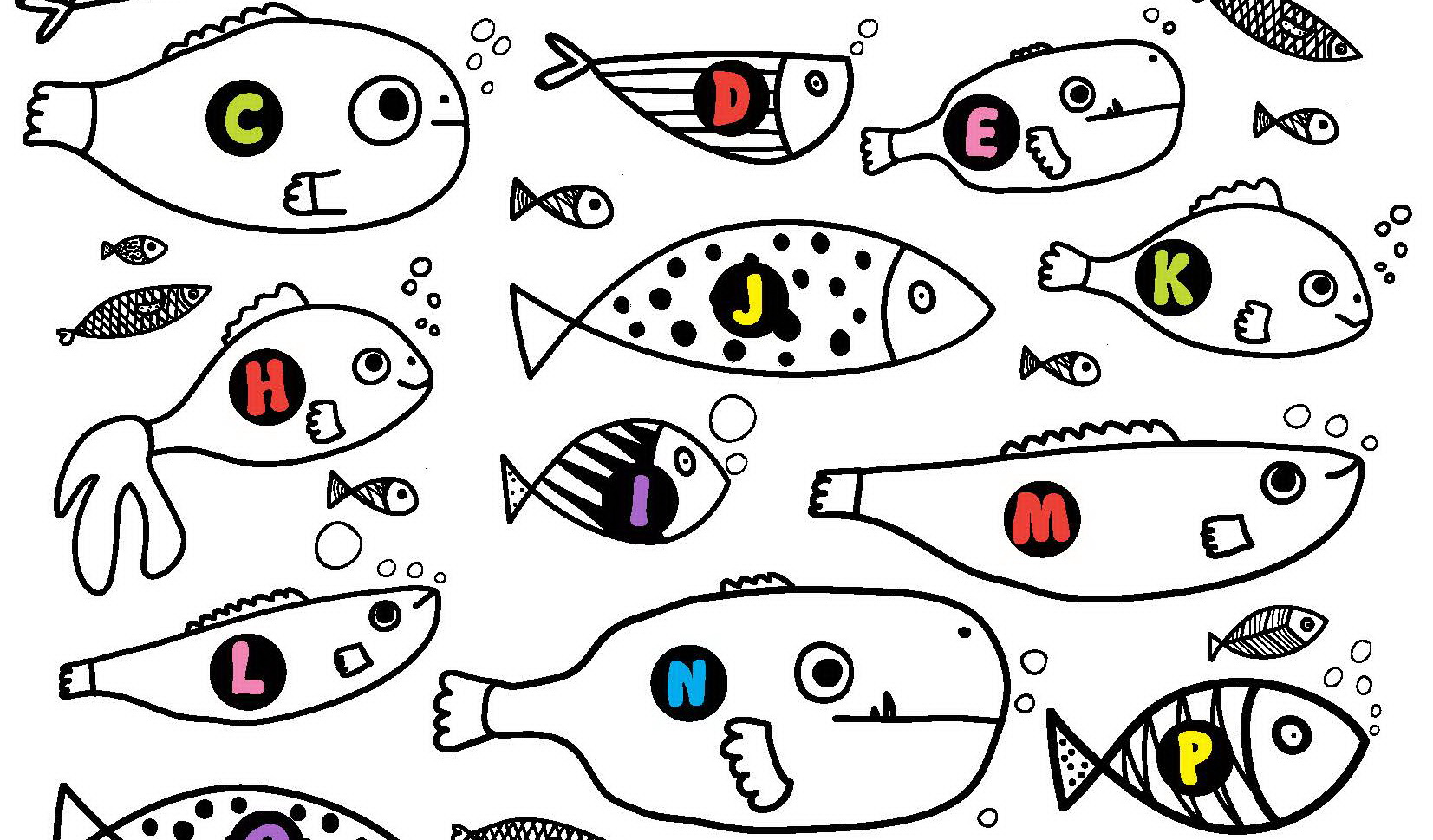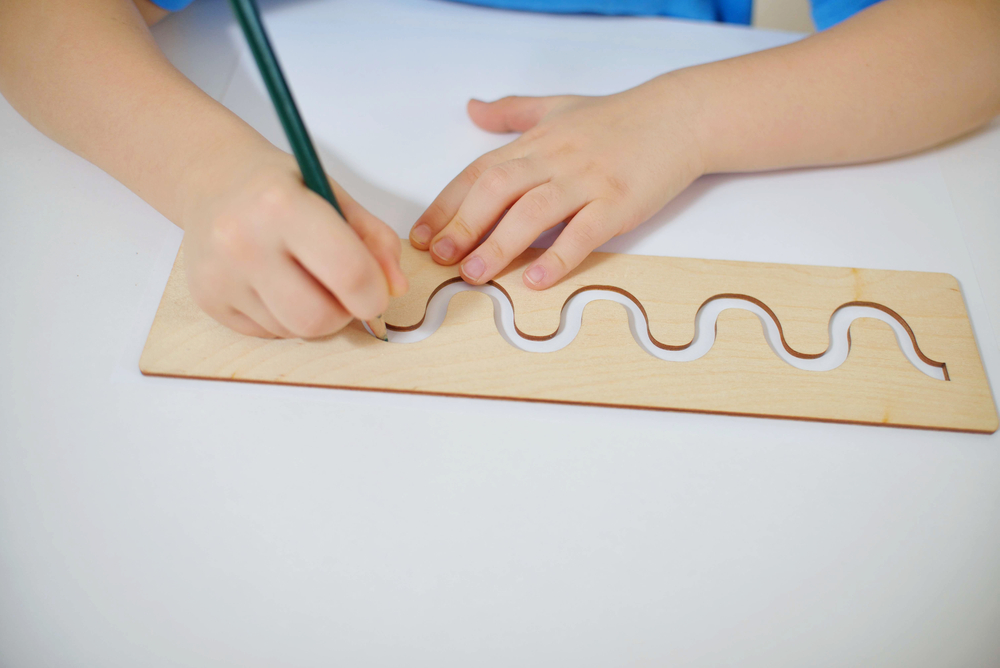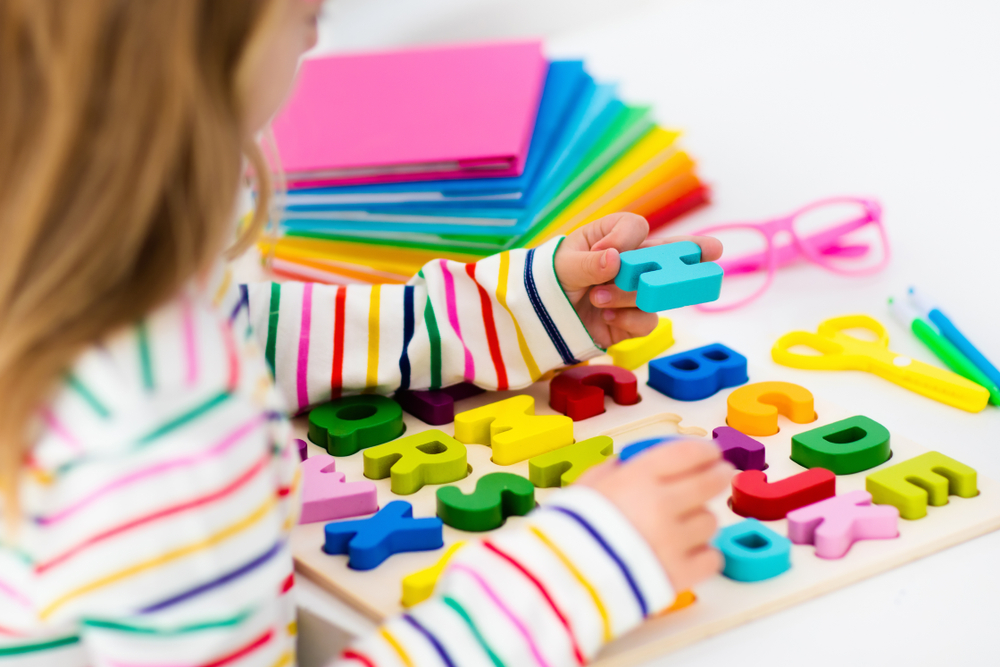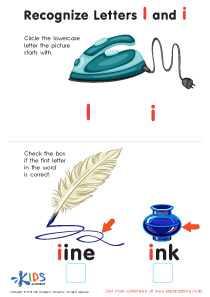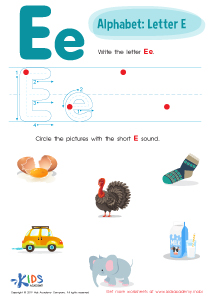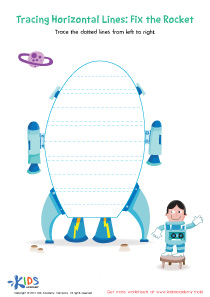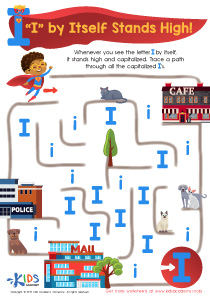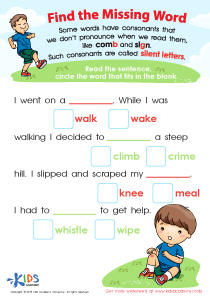Uppercase identification Normal Letter Recognition Worksheets for Ages 3-4
5 filtered results
-
From - To
Introducing our Uppercase Identification Normal Letter Recognition Worksheets, specially designed for young learners aged 3-4. These engaging and interactive worksheets help preschoolers recognize and identify uppercase letters in a fun and stimulating way. Featuring colorful illustrations and a variety of activities, children will enjoy exploring the alphabet while developing essential early literacy skills. Our activities encourage fine motor development as kids trace, color, and match letters. Ideal for homeschooling or classroom use, these worksheets promote confidence in letter recognition and lay the foundation for reading success. Spark your child’s love for learning with our thoughtfully crafted resources!
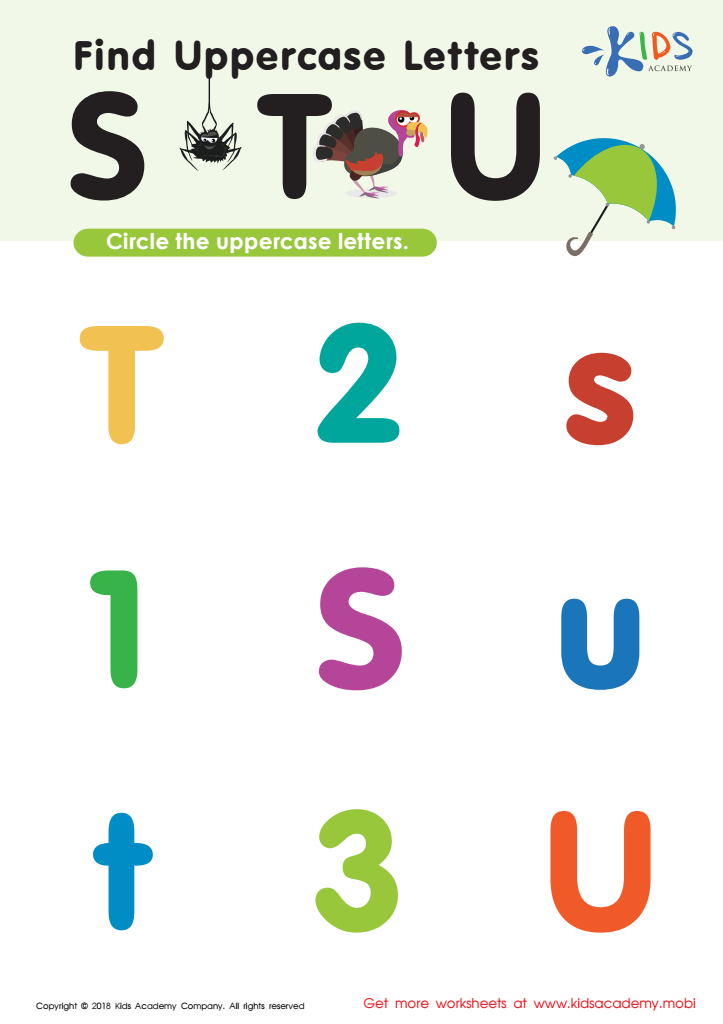

Find Uppercase Letters Worksheet
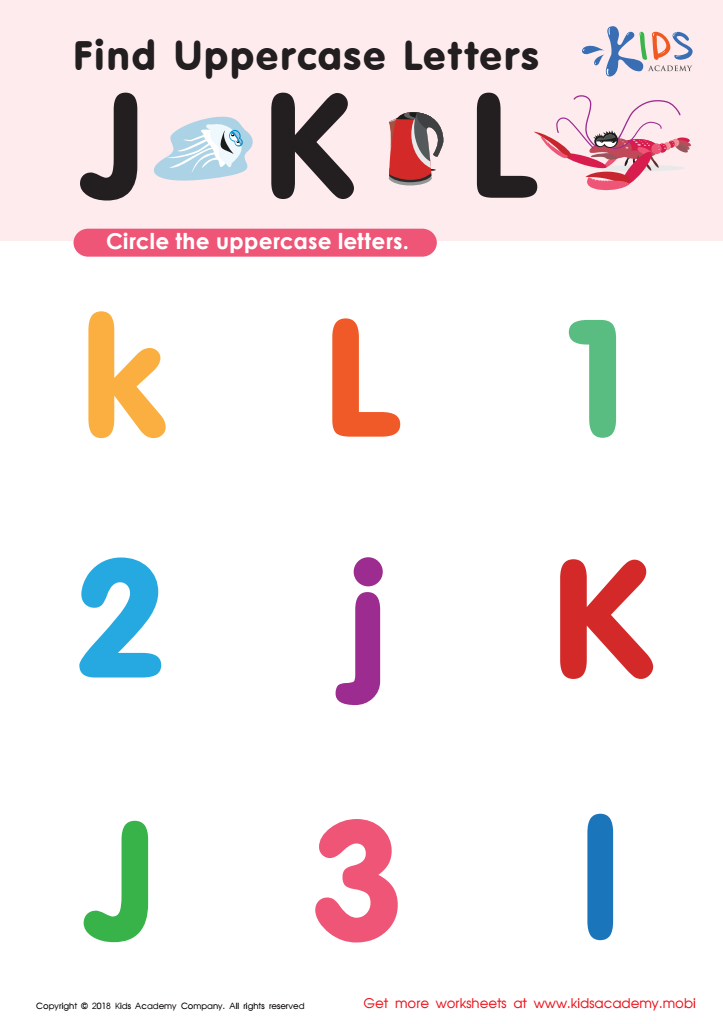

Find Uppercase Letters J, K, and L Worksheet
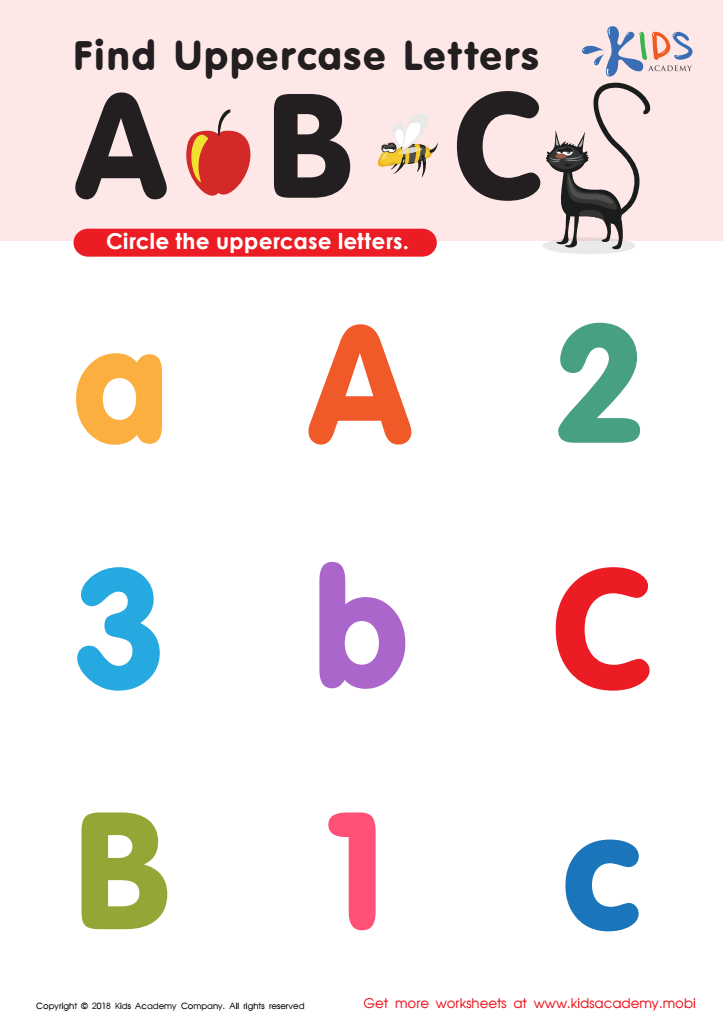

Find Uppercase Letters A, B, and C Worksheet
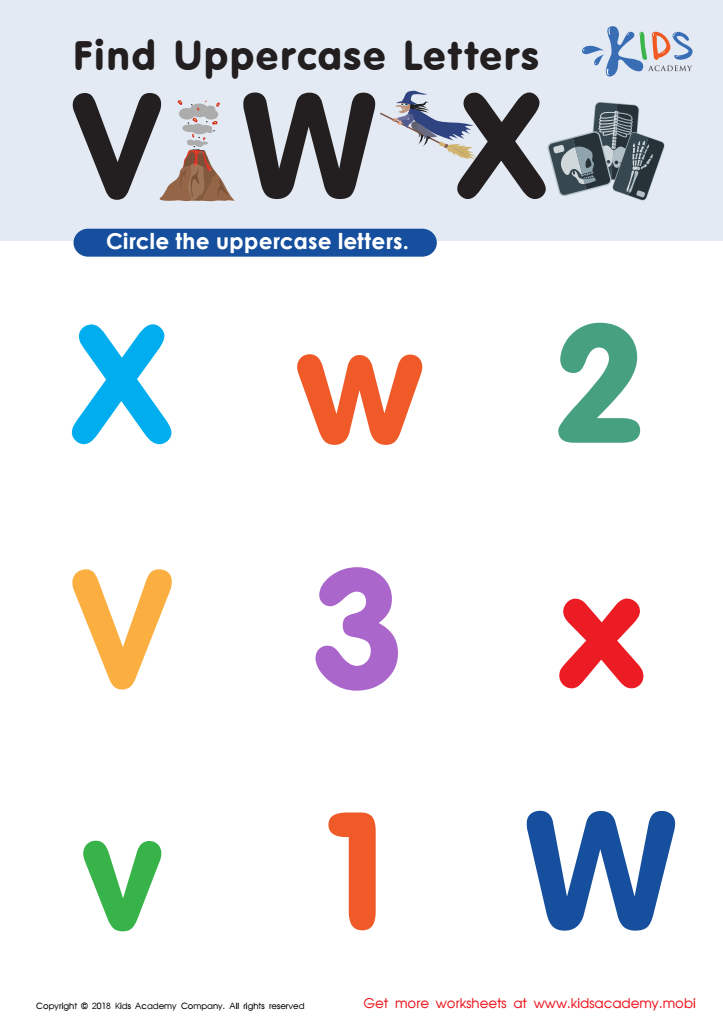

Find Uppercase Letters V, W, X Worksheet
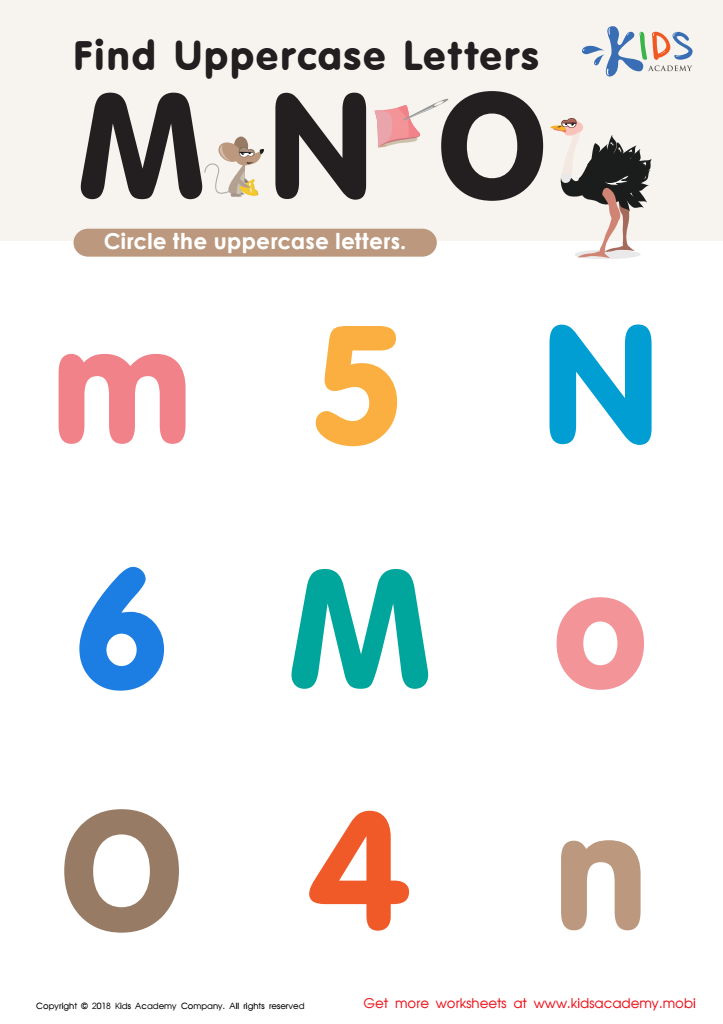

Find Uppercase Letters M, N, and O Worksheet
Uppercase letter identification and normal letter recognition are foundational skills crucial for children ages 3-4, serving as building blocks for literacy development. During this age, children are rapidly developing their cognitive and language skills, making it the perfect time to introduce them to the alphabet. Recognizing uppercase letters not only fosters an early appreciation for reading and writing but also enhances memory and cognitive skills through playful and engaging activities.
For parents and teachers, understanding and emphasizing uppercase identification helps young learners connect letters with sounds, a fundamental element of phonics. This, in turn, aids in vocabulary development and supports future literacy as children begin to read and write.
Additionally, when children recognize uppercase letters, it boosts their confidence and self-esteem, providing them joy that comes from mastering new skills. Structured exposure to letters in everyday activities—like reading books, labeling objects, or engaging in arts and crafts—can reinforce their learning while making it enjoyable.
Ultimately, prioritizing these skills in early education ensures children are well-equipped for their future academic journeys, developing a strong foundation that supports advanced literacy and broader educational success in later years.
 Assign to My Students
Assign to My Students





